Dr. Makela believes cannabis in medicine could eventually take a place like digitalis or morphine: powerful when used wisely, dangerous when not.
That’s why education matters to help clinicians think critically, communicate clearly, and meet patients where they are.
I don’t recommend medical cannabis in my practice because I don’t have adequate training in how to prescribe it appropriately. However, I’m open to having conversations with patients about it and pointing them in the right direction when they need more information.
If you’ve been curious about how to bring cannabis into the conversation with patients, or when to leave it out entirely, this interview is worth your time.
Take a listen and let me know what stood out to you.
Did you learn something today? Click here to find out how Learner+ can help you meet your evolving educational goals.
References:
AminiLari M, Wang L, Neumark S, Adli T, Couban RJ, Giangregorio A, Carney CE, Busse JW. Medical cannabis and cannabinoids for impaired sleep: a systematic review and meta-analysis of randomized clinical trials. Sleep. 2022 Feb 14;45(2):zsab234. doi: 10.1093/sleep/zsab234. PMID: 34546363.
Bhagavan C, Kung S, Doppen M, John M, Vakalalabure I, Oldfield K, Braithwaite I, Newton-Howes G. Cannabinoids in the Treatment of Insomnia Disorder: A Systematic Review and Meta-Analysis. CNS Drugs. 2020 Dec;34(12):1217-1228. doi: 10.1007/s40263-020-00773-x. Epub 2020 Nov 26. PMID: 33244728.
Morin CM, Buysse DJ. Management of Insomnia. N Engl J Med. 2024 Jul 18;391(3):247-258. doi: 10.1056/NEJMcp2305655. PMID: 39018534.
Sznitman SR, Meiri D, Amit BH, Rosenberg D, Greene T. Posttraumatic stress disorder, sleep and medical cannabis treatment: A daily diary study. J Anxiety Disord. 2022 Dec;92:102632. doi: 10.1016/j.janxdis.2022.102632. Epub 2022 Sep 16. PMID: 36182689.
Velzeboer R, Malas A, Boerkoel P, Cullen K, Hawkins M, Roesler J, Lai WW. Cannabis dosing and administration for sleep: a systematic review. Sleep. 2022 Nov 9;45(11):zsac218. doi: 10.1093/sleep/zsac218. Erratum in: Sleep. 2023 Mar 9;46(3):zsad008. doi: 10.1093/sleep/zsad008. PMID: 36107800.
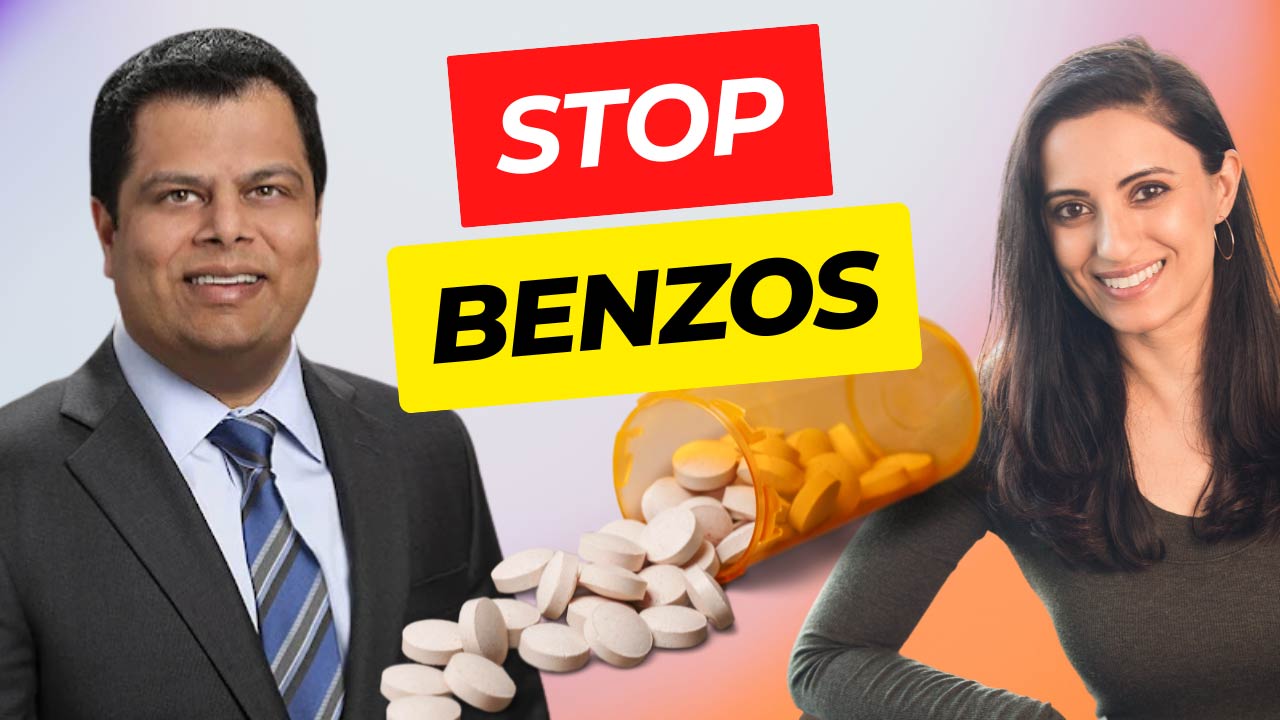
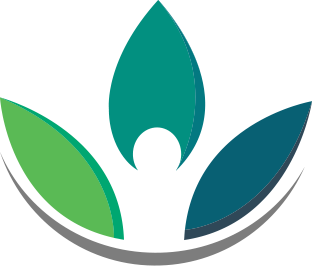
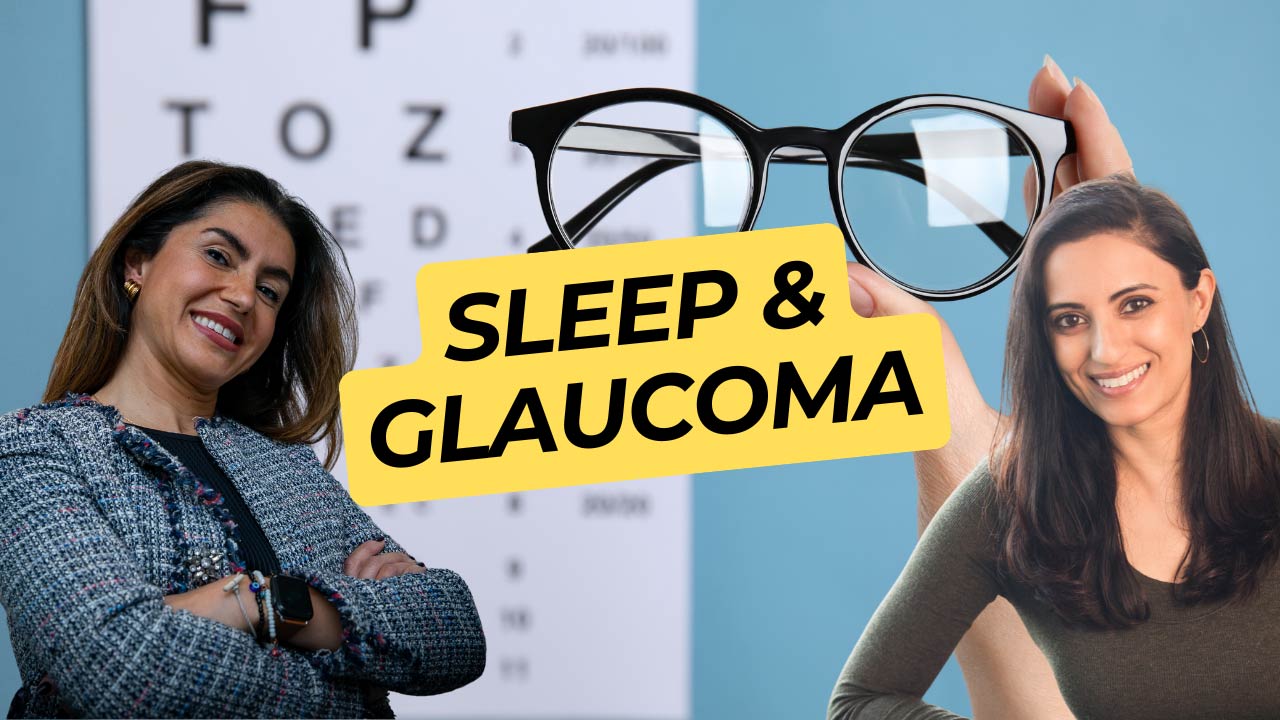
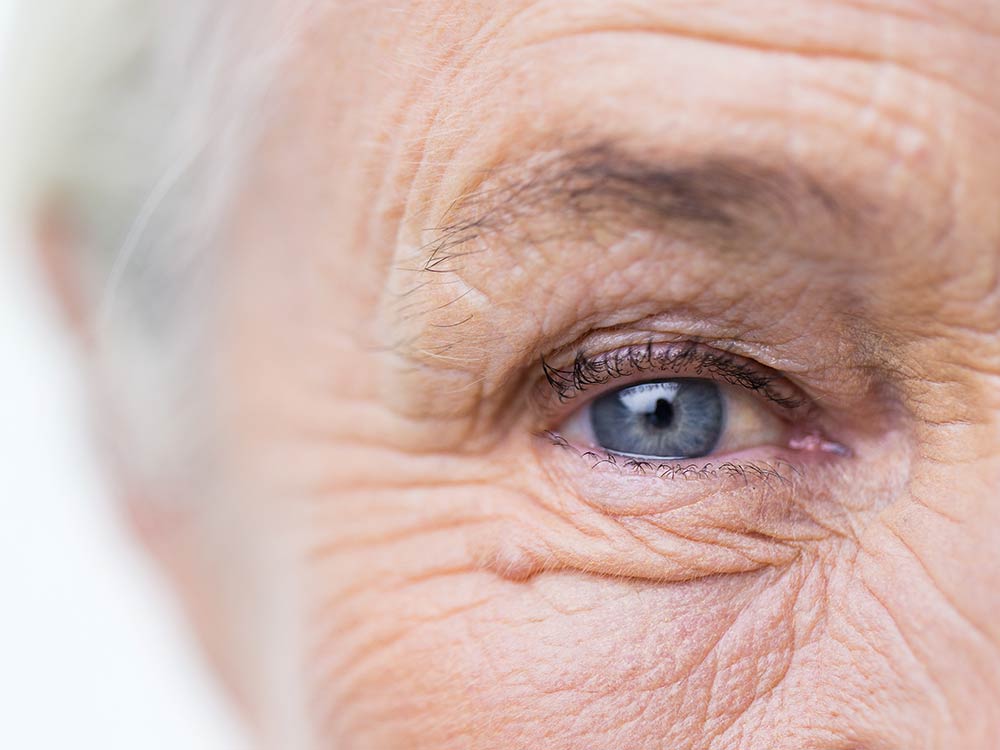
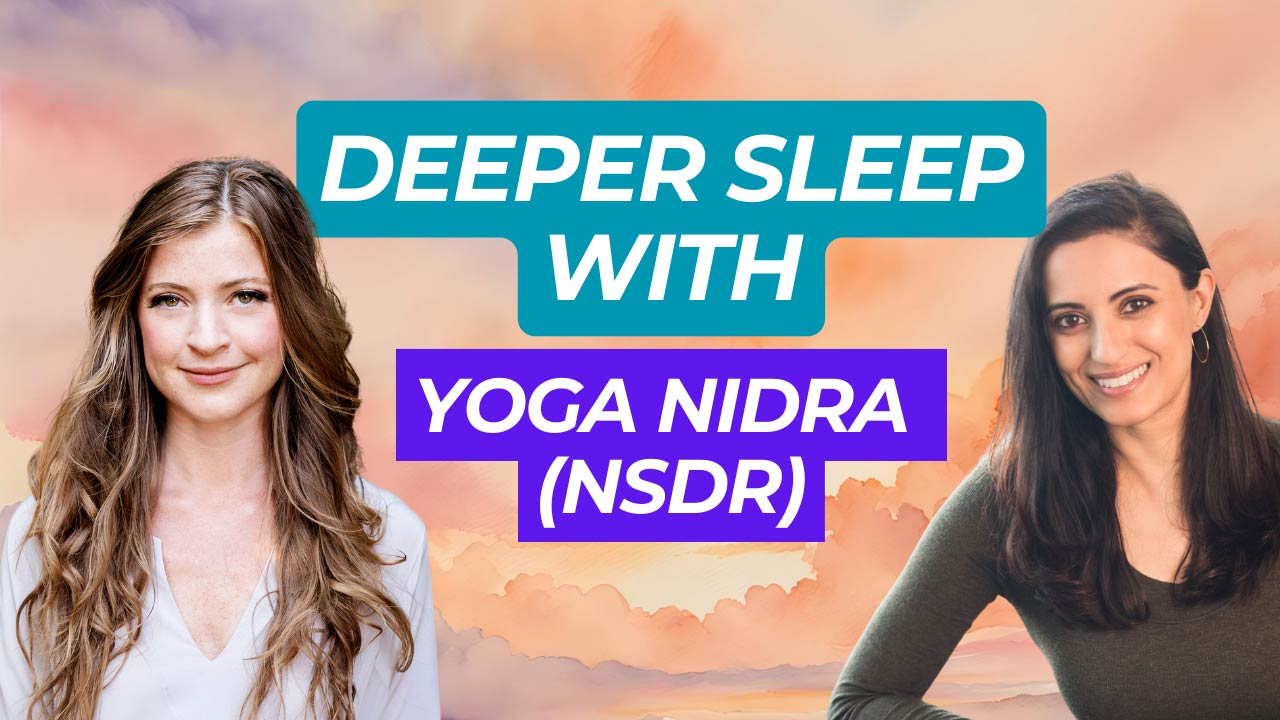
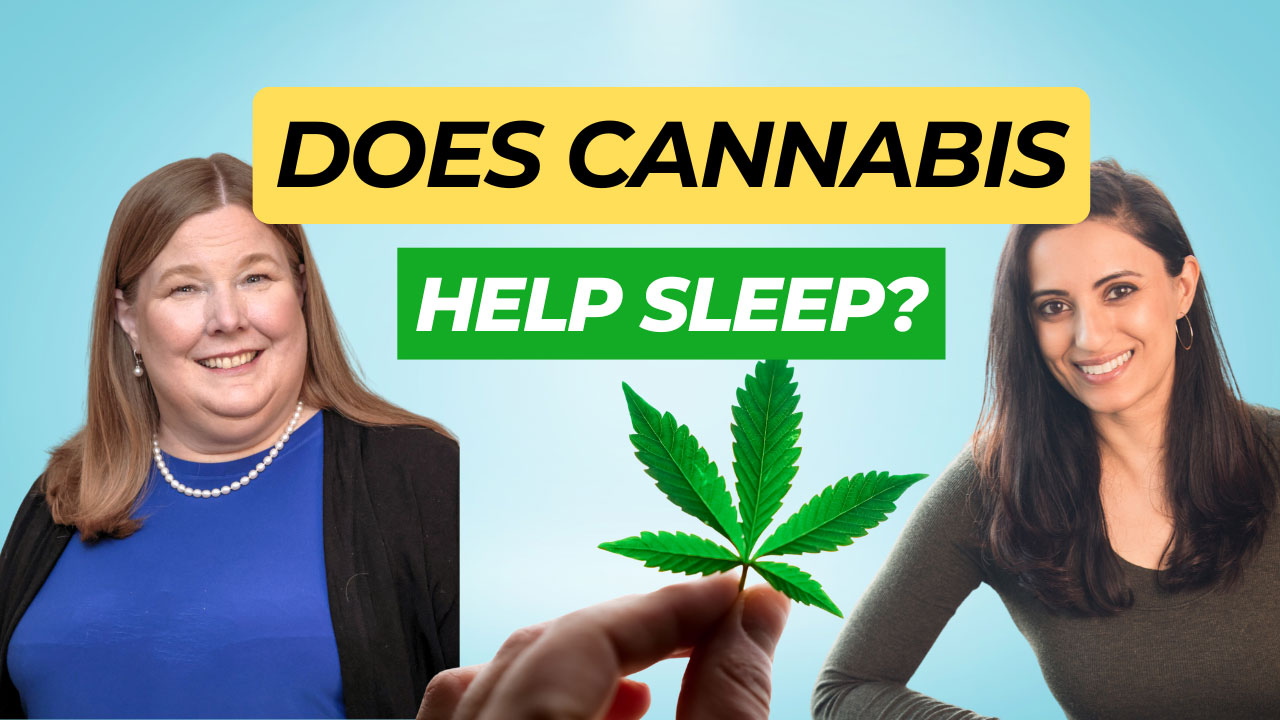

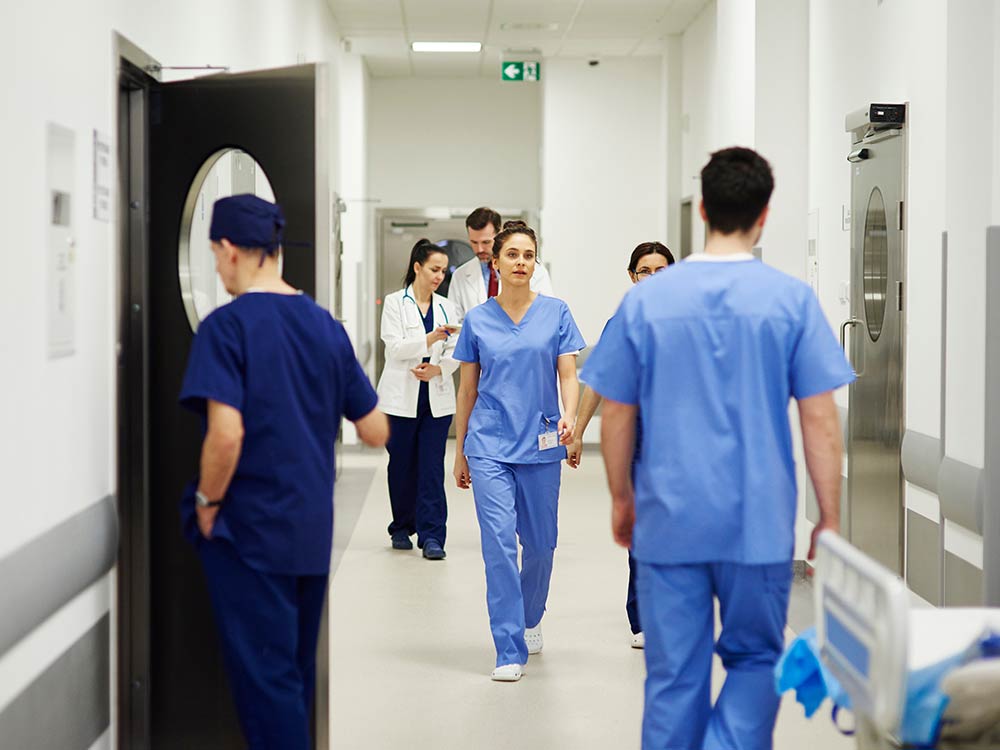
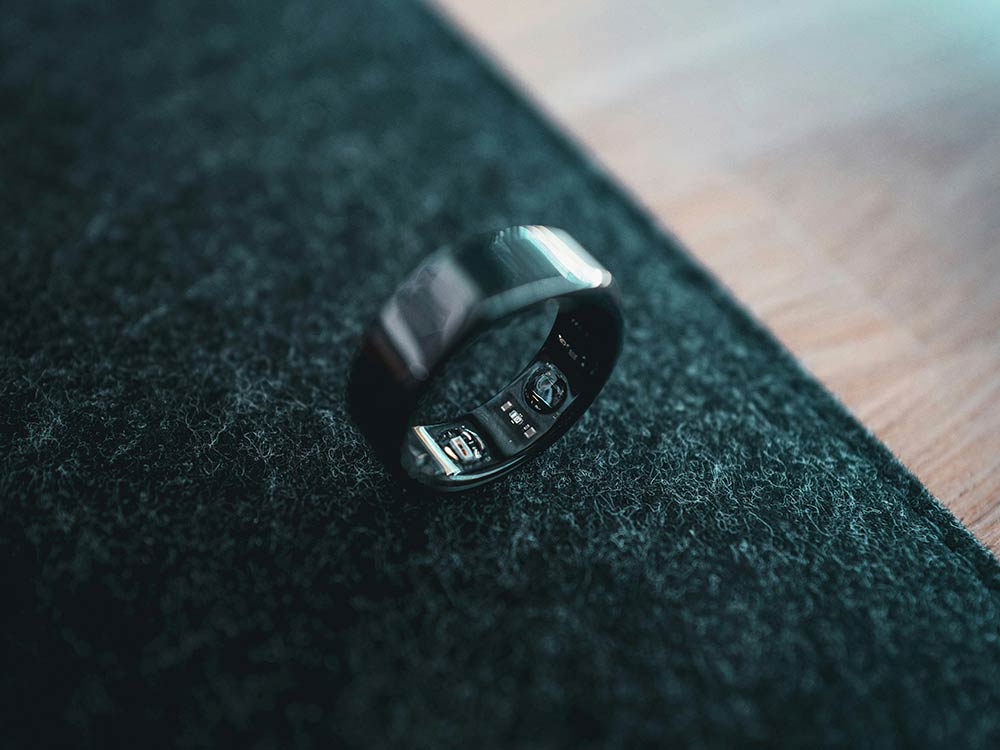
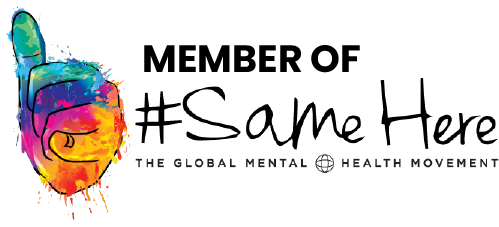
Recent Comments